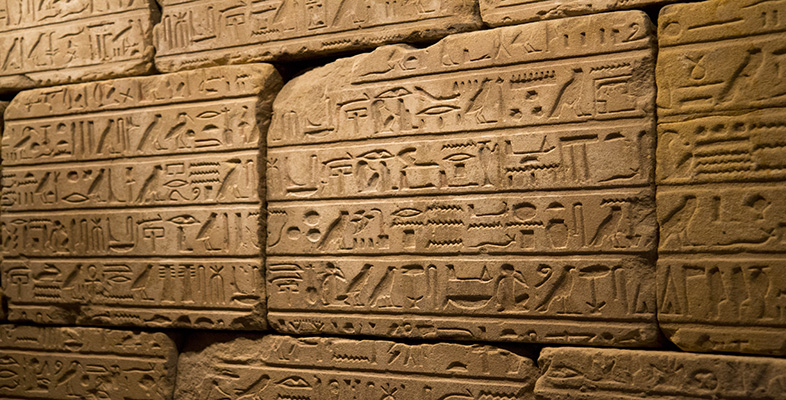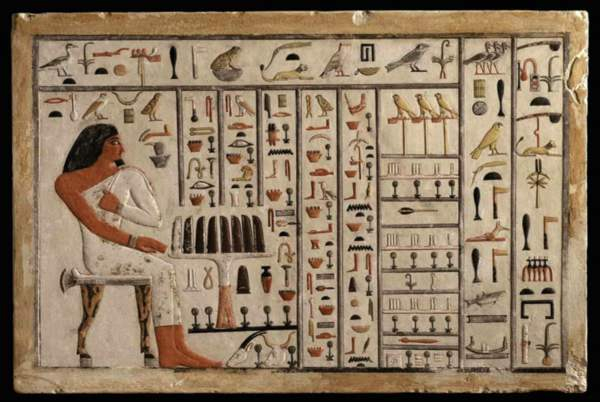Mathematics
The Greeks are frequently credited with creating mathematics in history books. Although they were adept at mathematics and astronomy, they actually learned these skills from the Egyptians. The earliest known use of a decimal system was in 3100 B.C.E. The ancient Egyptians were very talented mathematicians; they were very proficient in addition, subtraction, multiplication, and division; they were also the first to invent basic and complex fractions, as evidenced by traces found on a papyrus written in 1650 B.C.E.
The key distinction is that Egyptian geometry and arithmetic were primarily employed for practical purposes, such as measures, economic transactions, and how to build pyramids and cut rocks. Mathematics was not thought to be a theoretical science. Their mathematics was more useful than that of the Greeks or Mesopotamians. Egypt is where the oldest geometric records first appeared since they developed a number of methods for performing the computations that we still use in current computing.
Using their sophisticated understanding of architecture and the physics underlying triangles, squares, quadrangles, and other shapes for measuring the land, the ancient Egyptians also possessed a gift for building some of the most inspirational monuments the world has ever seen. The magnificent three Giza Pyramids, the Great Sphinx, the entire city of Karnak, and a sizable number of beautifully made monuments that have withstood the test of time are just a few examples of the incredible constructions they were able to construct. In addition to using copper piping in 3000 BCE, precise surveying in 2700 BCE, and the astronomical calendar in 2400 BCE, which we still use today due to its accuracy and regularity, the Ancient Egyptians were the first to create custom-made bricks of the same size and cement.

















